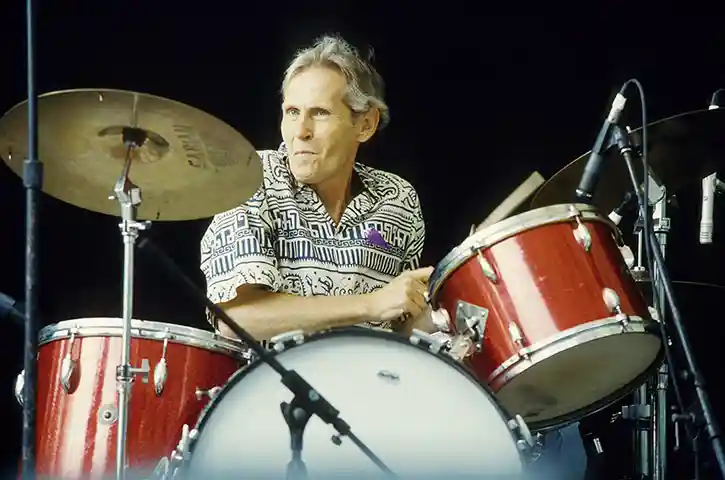Soon, Helm’s band met John Hammond Jr. and did a series of recording sessions in New York. This led to their introduction to Bob Dylan. The timing was right since Dylan was in need of a backup band for some upcoming concert dates. Helm and Robertson backed Dylan at a 1965 Forest Hills concert in New York and afterwards, Dylan heard the complete Hawks. He decided to employ the whole band. At first, Helm and The Hawks didn’t even know how popular Dylan had become. They were excited to play with Dylan but it did come at a price. The Hawks had previously met and played with the legendary blues man Sonny Boy Williamson II (remember Helm was from Helena, Arkansas). They were ready to record with him. By the time they could return to the South to collaborate with him, Sonny Boy had died.
